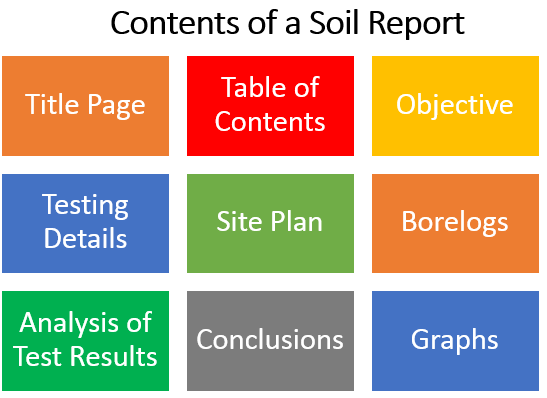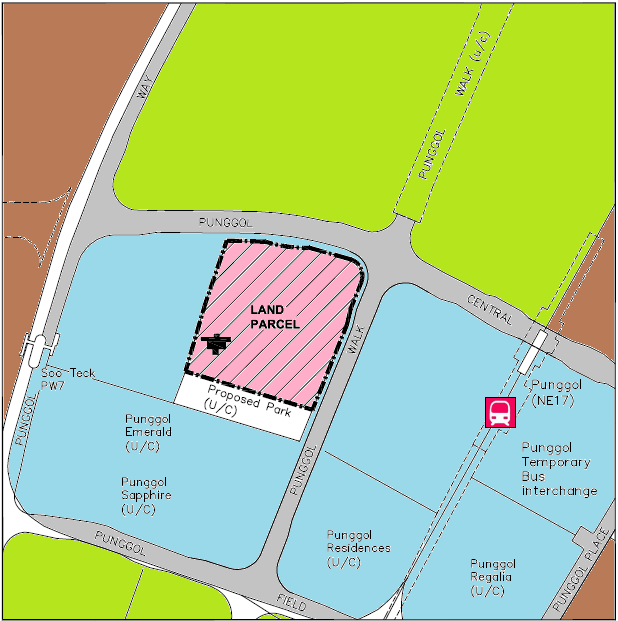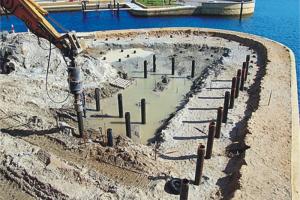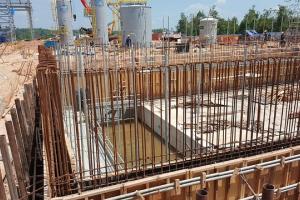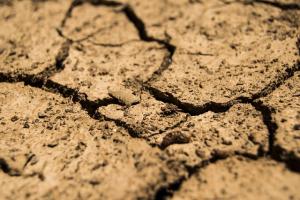How to Write a Soil Investigation Report | Geotechnical Investigation

Soil Investigation Report
Soils reports, also called “geotechnical soils reports” are prepared by a licensed geotechnical engineer or a registered civil engineer experienced in soils engineering. A soils report may be required depending on the type of structure, loads and location of the structure. The report gives understanding of earth conditions affecting a building. They are required in areas with expansive or low strength soils. Other times a soils report may be required include buildings where the foundation will be supported by fill, projects on steep slopes or where a lot of grading will be done, locations with high ground water may also require a soil investigation report prior to construction activities.
Soils reports are obtained before construction begins. The engineer who designs the foundation uses the soils report in determining what kind of foundation design to use. In this way, problems such as differential settling over time can be avoided. There are various methods used to test soil in preparing a report. These include drilling core samples, driving steel rods into the soil to determine density and the presence of rock, test pits and the use of a seismograph.
Also Read: ![]() Purpose of Foundation |
Purpose of Foundation | ![]() Steel Structure Failure |
Steel Structure Failure | ![]() Soil Bearing Capacity Analysis |
Soil Bearing Capacity Analysis | ![]() Soil Shear Failure
Soil Shear Failure
Soils Report GeoTechnical Investigation
1. Title page
The title page of the report includes the name of the company, its address, principle investigator who has worked on the report and other relevant details of the company e.g. logo. It also includes the name of the Project, location of the project and the period of work. Client name and submission dates may also be mentioned on the title page as per requirement.
2. Table of contents
It contains the List of chapters or sections of the report for easy going through. A separate list of graphs, figures or annexes may also be included the report.
3. Client’s requirements
This is the section where the requirements and objectives of the client are listed. Here, all the information required by the client from this particular investigation is described and the names of the tests needed to collect that information are listed. In short, the scope of the report is defined here, like what this report is going to achieve.
4. Field and laboratory testing details
In this section general information regarding the location of the site is discussed as well as what tools, techniques and methods were used in the whole process of this geotechnical investigation. The report discusses which tests were used to collect which type of information, how samples were collected, what safety or precautionary measures were taken and how the tests were conducted in the field and in the laboratory.
The report writer can also add a summary of the results of different tests that were conducted e.g. values of sieve analysis or Atterberg’s limits of the soil samples. A table can also be provided for better presentation and understanding of the results obtained. A list of relevant field tests may include the following soil tests:
- Borehole drilling activity
- Standard penetration test
A list of relevant laboratory tests for geotechnical investigation of soil are as follows:
- Determination of moisture content and bulk density
- Atterberg’s limits
- Particle size distribution by sieve analysis
- Unconfined compression testing
A detailed explanation of all the results obtained through the test must be provided in this section.
5. Site plan
Site plan is a sketch of the site showing all the relevant physical features around the building site, like drains, existing buildings, road, open spaces etc. The drawing should also show the location of the boreholes, if bore holes have been dug.
6. Bore log
Probes for borehole logging can measure the composition of soils, map the area or provide other relevant information. Borehole logging produces an extremely detailed description of the area. A bore log is a log that records all of the results of the borehole process. All the results of the boring process should be included here for detailed understanding of the soil profile under investigation.
7. Analysis of test results
This is the most important portion of the soil investigation report in which all the relevant properties of soil are discussed like nature of the soil, consistency, bearing capacity, Atterberg’s limits, specific gravity, plasticity etc. Other characteristics of the soil discussed are the factor of safety used in analysis, angle of friction, fineness modulus and soil classification of the site.
8. Conclusions and recommendations
In this section, the report writer suggests recommendations in the light of the results of this geotechnical investigation. The investigator recommends the number of storeys that can be built, the type of foundation, and the bearing capacity to use at the required depth. It also explains what other measures and precautions should be taken in laying of foundations, drainage and sewerage systems e.g. suggestions are shared on how to comply with the results of the tests in construction activities. In the end, the scope of the whole process and limitations of the results are also added here.
9. Graphs
This is the section where all the results obtained are graphed and shared with the client. These graphs may include grain size distribution curve, results of the liquid limit, plasticity chart, SPT results etc. for all types of soils encountered at the required depth at the site.


